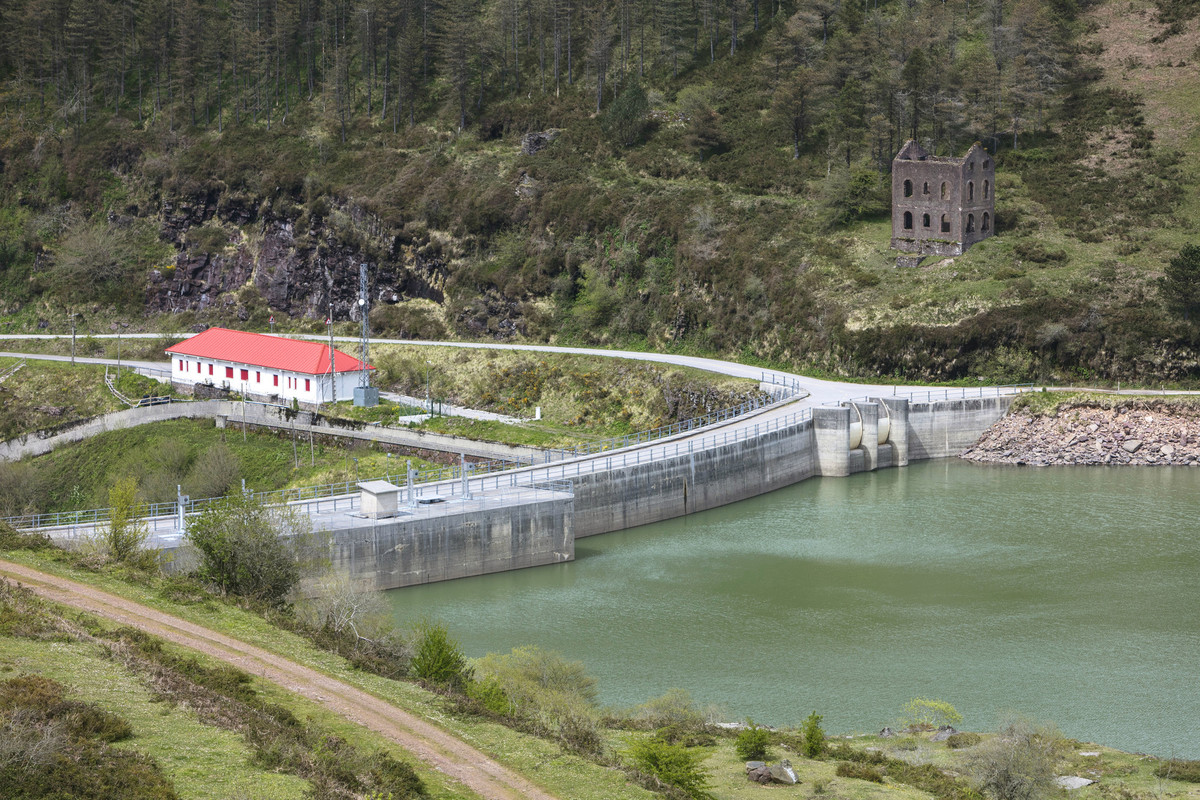The current situation of the cement industry requires a hasty decarbonisation, for which solutions are being developed such as the use of alternative fuels, CO2 capture or improvements in the energy efficiency of the factories. This study focuses on energy efficiency, specifically on the use of waste heat in the exhaust gases of the kiln of a cement plant to produce electricity with an organic Rankine cycle (ORC). Cogeneration is carried out with a tail cycle that uses the heat from the hot gases from the kiln that are expelled through the chimney.
An ORC is chosen because it is well adapted to low temperature heat sources, and the electricity it generates will be consumed by the cement plant itself. Thanks to this, electricity can be generated that can be used on site and thus reduce consumption from the grid, which means lower costs for the purchase of electricity and a reduction in Scope 2 emissions, as the energy produced is clean in carbon. With this technology, a cheap, reliable and emission-free energy source can be achieved. This is done by modelling the ORC, calculating how much demand it is capable of meeting, assessing the economic viability of the installation by obtaining the normalised cost of electricity and the benefits it brings, and analysing its carbon footprint.
1- Starting with the heat source at 190◦C, the electrical production allows to cover a maximum of up to 25% of the annual electrical demand of the factory with uninterrupted operation of the kiln throughout the year. The energy is produced with a competitive LCOE compared to current electricity costs. The return on investment of the project is attractive and could yield profits of up to 40 million euros over the life of the project. Thanks to the ORC, a saving of 1% of the factory's annual emissions is achieved.
2- If the heat source used were larger (330◦), the power of the ORC increases, the profitability of the project increases and further emissions are reduced and up to 70% of the annual electricity demand of the factory can be covered. However, this project option has two weaknesses: logistics, which would become more complex, and competition with other uses of the fuel, in this case biomass, for example, for the manufacture of cement itself and not for electricity generation.
The results obtained can be seen in the attached document.




